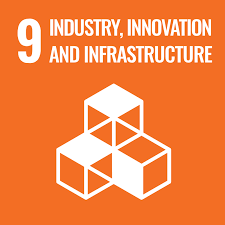The Construction Industry Value Chain: A green step at a time.
- Stephen Abela
- Oct 30, 2023
- 1 min read
Construction, despite being one of the world's largest industries found in every country, often appears as a common adversary. However, it's undeniable that alongside its numerous advantages, it carries a range of adverse impacts. A recent study by the International Finance Corporation (IFC) underscores this:
- Building operations contribute to 40% of global energy and industry-related CO2 emissions.
- China bears responsibility for 40% of emissions related to construction.
- Other emerging markets account for 29% of these emissions.
When discussing the construction industry, we encompass the entire value chain, including the operation of buildings and material production. Notably, the production of construction materials also presents some compelling statistics on carbon emissions:
- Cement comprises about 43% of emissions.
- Metals contribute to 10%.
- 6% stems from other materials.
- Other services make up 41%.
However, it's essential not to distribute these numbers uniformly worldwide. Cement usage breaks down as follows:
- 11% in high-income countries.
- 61% in China.
- 26% in other emerging markets.
- 2% in Sub-Saharan Africa.
This data underscores the urgent need for significant changes, particularly in China and other emerging markets. The IFC report provides a list of financial and regulatory tools that can facilitate this transformation, including:
- Blended Finance
- Carbon Transition and Retirement Bonds
- Sustainability-Linked Debt
- Venture Capital Funds
- Green Mortgages
- Real Estate Investment Trusts
- Performance Contracts and Leasing
- Sustainability Bonds
For those seeking a more comprehensive understanding, we recommend reading the full report, as the above represents a high-level summary of some key details from this extensive study.







Comentarios